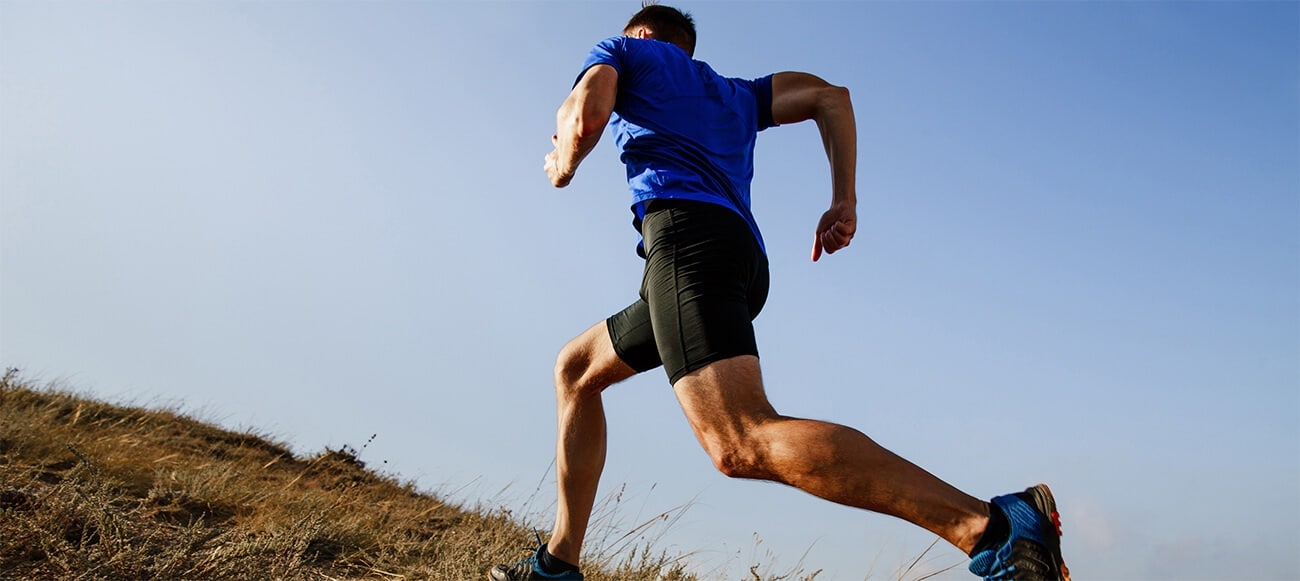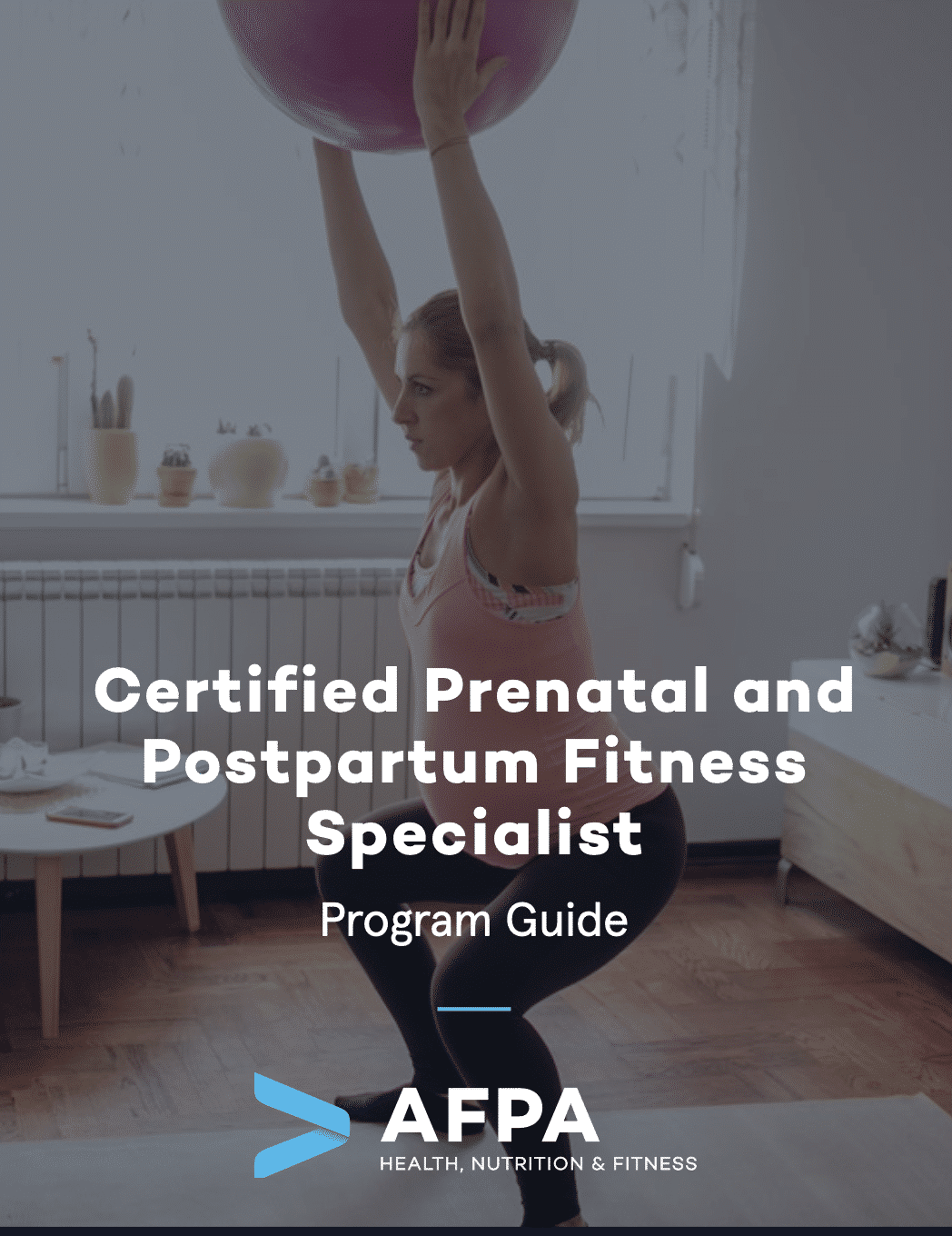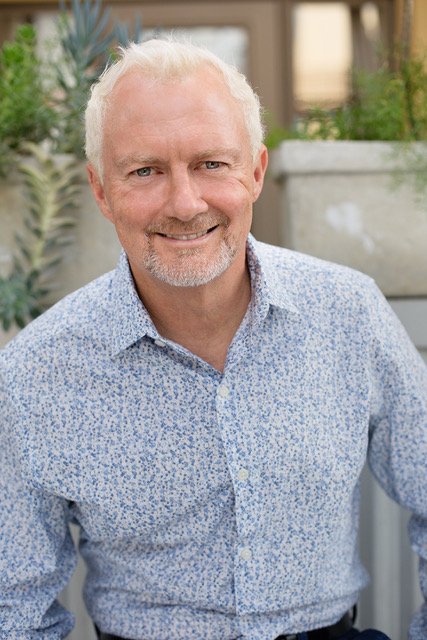Fitness Certifications
Share your fitness expertise in groups and one-on-one settings. AFPA has you covered with any fitness education endeavor you decide to choose, from certification to continuing education courses.
AS SEEN IN THESE GREAT PUBLICATIONS


Motivate, inspire and transform lives as a fitness professional
With the rise of health-conscious individuals, the demand for fitness professionals has increased tremendously. The hundreds of different workouts, exercises, functional movements and group dynamics that are constantly being developed has helped pave the way for a more lucrative industry for trainers. Whether you’re looking to help the general novice get in shape or the athlete break records, our physical fitness and personal training certification programs can help you become a top fitness trainer in your area.
What You Will Learn Through AFPA Courses
Be the Authority Group Exercise Leader
Receive the most practical, effective group exercise formats that will have clients coming back week after week. You’ll learn various training principles, correction and progression techniques, as well as safety protocols to improve the skills of program directors and group exercise leaders.
Proficiency in Every Exercise
Master effective teaching techniques for every muscle group respective to your client’s goals through proper warm-up, cardiorespiratory and neuro-motor training, muscular strength and conditioning, and flexibility. You’ll learn how to properly modify and assess workouts to suit your class format best.
Implement Group Dynamics
Discover why the expansion of group exercise has become prevalent and how you can use it to your advantage. You’ll learn the best strategies for creating group unity, core concepts in class design, how to implement music and choreography, and specific cueing methods when leading your group class.
Key Certification Benefits
Large Demand for Trusted Fitness Professionals
The demand for talented, versatile group fitness instructors with a passion for helping others get in shape continues to increase tremendously. This is the best time to get started on your journey towards becoming a fitness professional.
Start Teaching Upon Completion
AFPA provides easy-to-follow, self-paced study materials and guidelines with a completion schedule to keep you on track. This helps our students graduate and start instructing in just 3-4 months, depending on their background, experience and availability.
Tremendous Growth in the Fitness Instructor Field
The fitness trainer industry is projected to grow 10% in the next decade, which is faster than the average for all occupations. Obtaining your fitness certification will allow you to guide others to reach their physical and mental fitness goals while you secure a profitable, sustainable career.
Explore Fitness & Personal Training Certifications
Fitness Certification FAQ
I am not sure which AFPA certification to enroll in. Can you provide me some guidance on which program would be right for me? Answer
Absolutely! We created a free step-by-step guide to learn how to make a successful career change into health and wellness, a certified personal trainer, or other fitness career. You have plenty of certification options through AFPA!
Here is your free guide: How to Make a Successful Career Change Into Health and Wellness
Are AFPA Fitness Certifications respected and recognized in the fitness industry? Answer
For over 29 years, AFPA has been providing health, fitness and nutrition education and certification programs that are constantly reviewed to ensure we deliver the most up-to-date information in each respective industry. AFPA is an internationally recognized education body that provides certifications and continuing education courses to professionals in multiple disciplines throughout the world.
What is the cost of an AFPA certification? Answer
The fee for enrollment in a certification program varies depending on which program you choose and the delivery method of your study materials. Check out all the programs and costs for enrollment here.
What types of materials will I receive when I enroll in a certification program with AFPA? Answer
Your enrollment fee includes all course materials, student support, online testing and credentials upon passing your final certification exam. There are no added fees. The materials you receive will depend on the program you enroll in. Once you enroll, you will receive an email confirmation with directions on how to begin completing your certification program.

PROGRAM GUIDE
Prenatal & Postpartum Fitness Specialist Program Guide
Find out if becoming a Prenatal and Postpartum Fitness Specialist is the best fit for your career goals!





